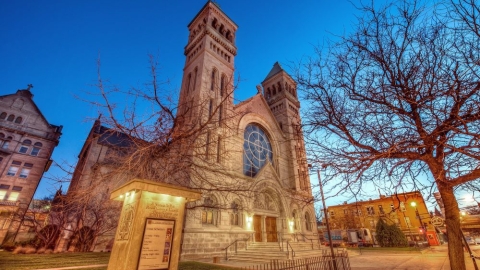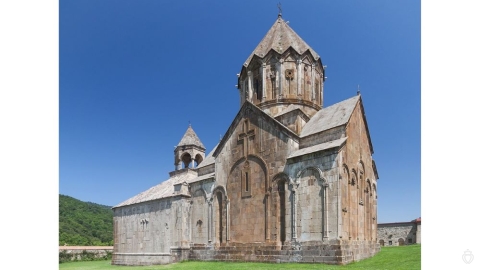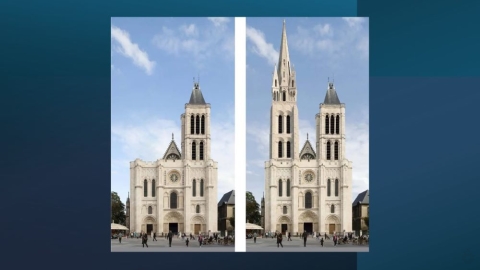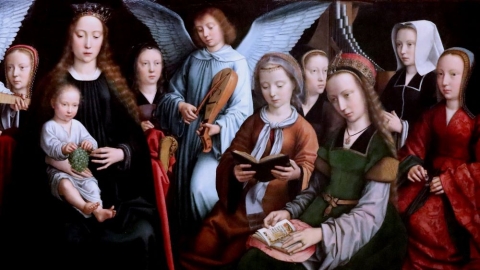The Jewel of St. Theodulf
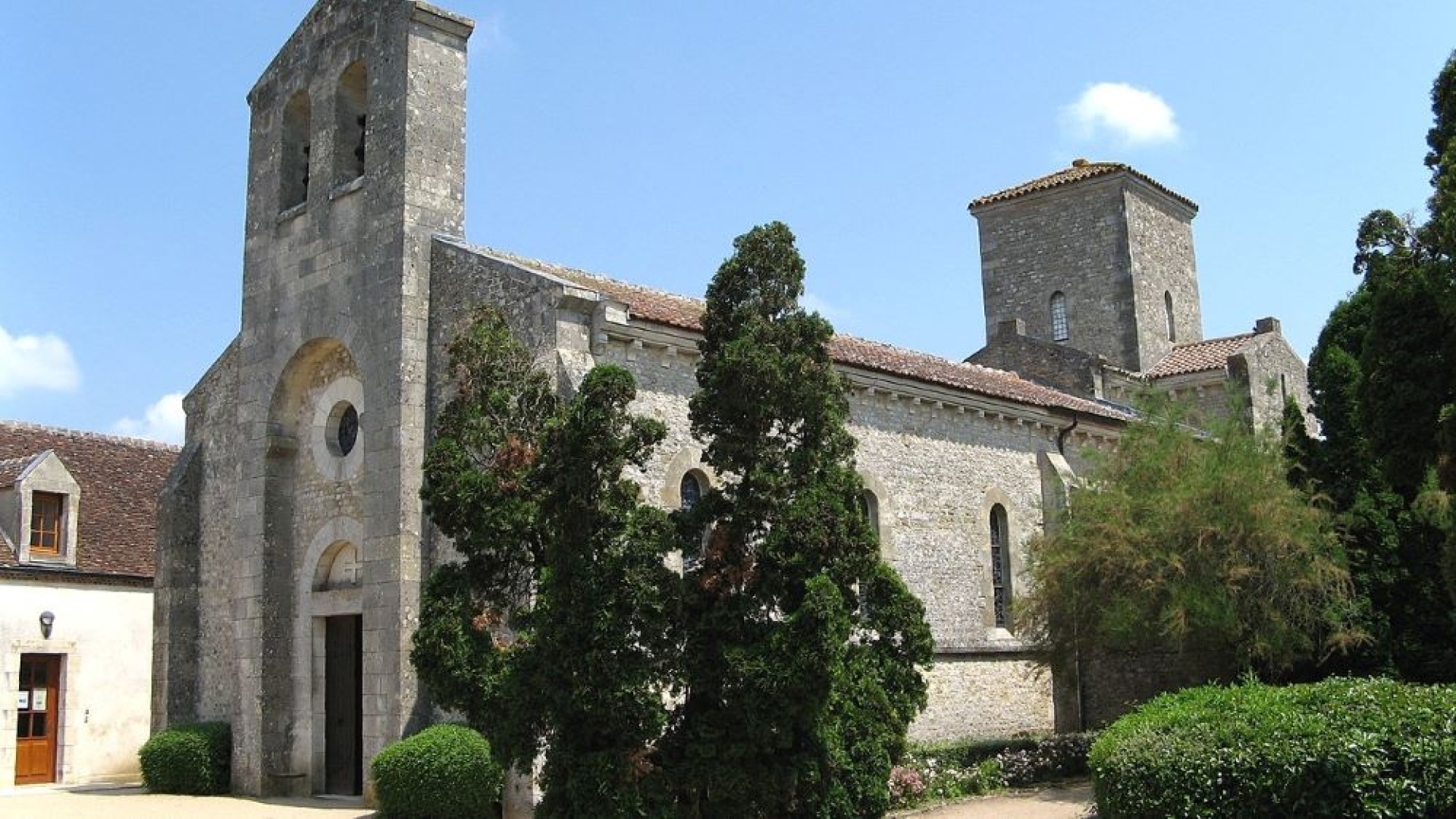
Facade of the Germigny-des-Prés Carolingian Oratory
Théodulfe, Bishop of Orléans, was a Benedictine monk, close to the Emperor Charlemagne. He was also the Abbot of Fleury, today Saint-Benoît-sur-Loire, the great abbey which preserves precious relics of St. Benedict.
A few kilometers from this abbey, Théodulfe decided to set up his episcopal residence in a villa located in Germigny-des-Prés. He had an oratory built there, whose harmonious lines and entirely Romanesque elevation enchant the eyes as much as the soul.
Inside remains a splendid mosaic that catches the eye with its thousand lights. Arranged on a gold background, it is the only testimony to the interior decoration of this oratory which, originally, was undoubtedly covered with it.
It dates from 806 and remains the only complete mosaic from the Carolingian period in France. It has survived fires, the looting of Protestant abuses and revolutionary wars, and successive abandonments before being providentially found.
Hidden by whitewash, the mosaic was restored in the middle of the 19th century. The mosaic is placed in the semi-dome of the main apse. Imposing, it is made up of 130,000 tiles.
An exceptional work, it represents the Holy Ark which contained the tablets of the Law of Moses, the flowering rod of Aaron, and the miraculous manna which, long ago, nourished the Israelites in the desert. Surrounded by two angels and two cherubim, the Ark is blessed by a hand coming out of Heaven, that of Christ, well marked by the wound received during His crucifixion.
Thanks to the Livres Carolin [Books of Charlemagne], composed by Theodulf at the request of the Emperor Charlemagne, the symbolism of this mosaic is known to us. In the Byzantine style, the work represents the Holy of Holies of the Temple of Solomon. The Ark, whose bars can be clearly distinguished which were used for its transport by the priests, is empty. Now, the new Covenant has replaced the old one.
The Bishop of Orléans explains that the Holy Ark prefigures Christ Himself, since it is through His sacrifice that the definitive covenant is sealed: “But Christ, neither by the blood of goats, or of calves, but by His own blood, entered once into the holies, having obtained eternal redemption” (Hebrews 9:12).
The rod symbolizes the scepter of Christ, the Lord, King and Priest. The tables of the Law represent the Covenant – that of the Commandments that God gave to Moses and that the new Law came to perfect and fulfill. The manna announces the Eucharist, the flesh and blood of Christ which have become the food of the baptized and the pledge of eternal life.
Empty, the Holy Ark indicates that the figures are now outdated, for the messianic promises have been fulfilled. The jewel of Theodulf invites us to turn our gaze towards the Eucharistic Sacrifice which is accomplished at Mass on the altar and towards above Heaven where the Divinity shines.
(Source : Renaissance de Fleury, n° 214 – FSSPX.Actualités)
Illustration 1 : Hubert DENIES, CC BY-SA 3.0, via Wikimedia Commons
Illustration 2 : Manfred Heyde, CC BY-SA 3.0, via Wikimedia Commons





